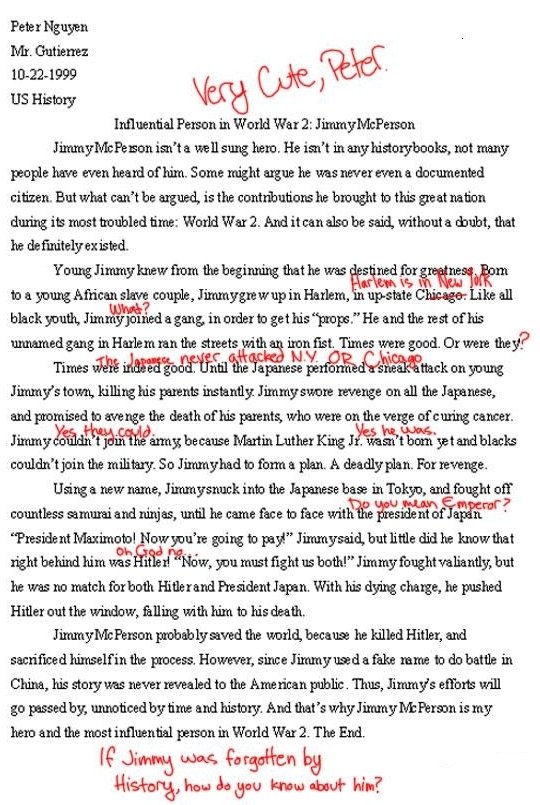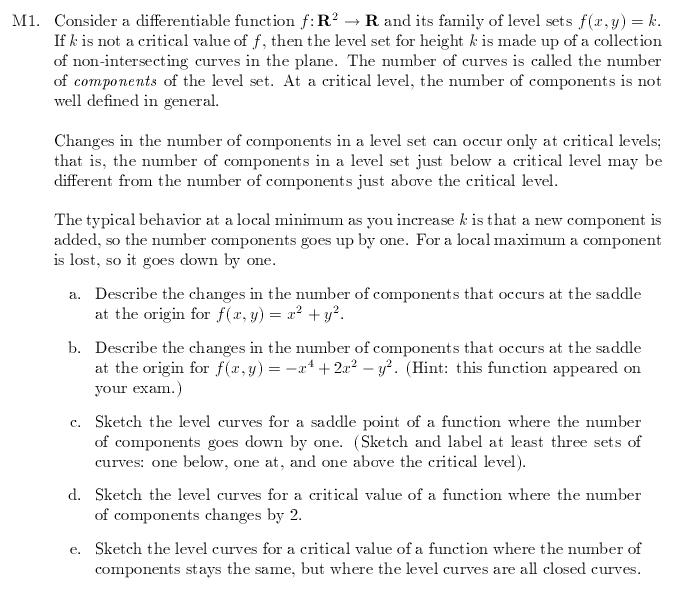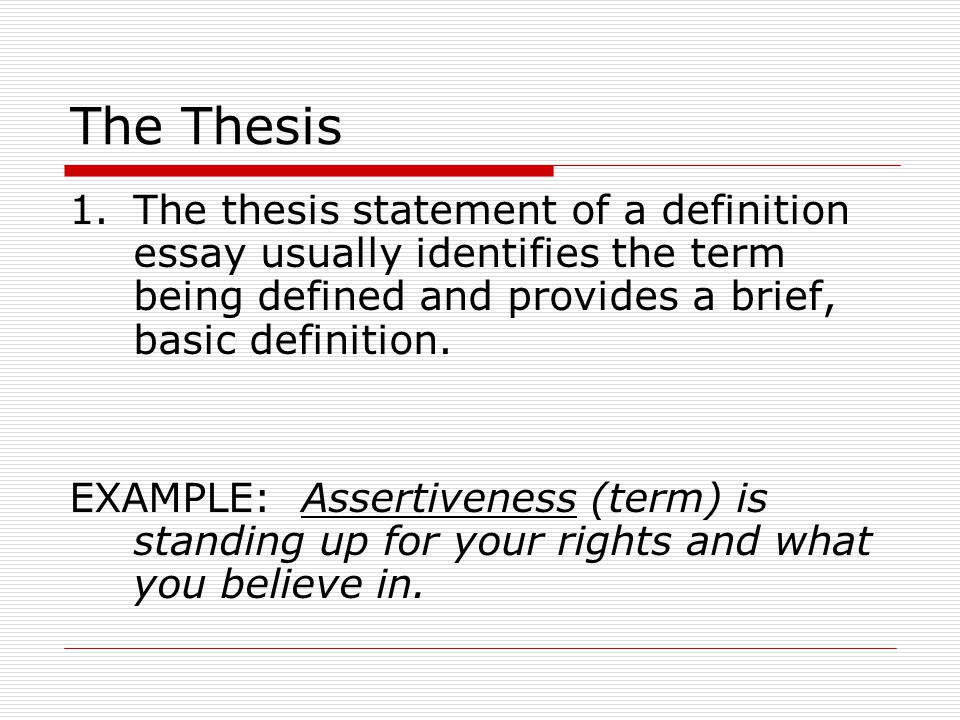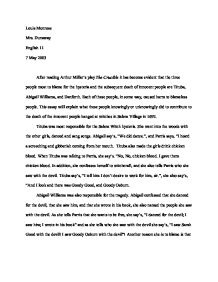Essay: Analytic Play Review Of The Taming Of The Shrew.
As well as looking at how we’ve staged The Taming of the Shrew, which you can do in the Productions section, it’s important to think about what you would do if you were staging the play. And, if you can, to perform parts of it yourself.
I. Thesis Statement: In The Taming of the Shrew, Shakespeare develops the theme of appearances versus reality by means of the Induction, disguises, and changes in attitude of the major characters.
In Shakespeare’s comedy The Taming of the Shrew, a number of individuals assume different identities through an array of varying illusions. Deception is a prominent thematic concern within the play, as a multitude of characters adopt disguises, only to reveal their true personalities.
Shakespeare’s comedy, The Taming of the Shrew, focuses a great deal on the character of Kate, the “shrew” of the story, and her transition from an unlovable, temperamental harridan into the picture of a perfect wife. Surrounding this tale of Petruchio and Kate are the comic antics of Hortensio and Lucentio as they scheme to win Bianca.
The Taming of the Shrew as a comedy Most of these elements can be seen in The Taming of the Shrew. The mistaken identities that abound in the sub-plot when Hortensio, Lucentio and Tranio take on disguises in order to secure Bianca’s affections or the confusion of identity that occurs when Lucentio’s father seeks his son are all conventions of the genre.
The Induction scenes in The Taming of the Shrew introduce the reader to Christopher Sly, a drunken tinker who is booted out of a tavern just before he passes out. While he is in his alcohol induced sleep, a Lord returns from hunting to find Sly and then devises the plan of dressing Sly in the clothes of the aristocracy and tricking him into believing that he is a wealthy Lord.
Taming of the Shrew - The Wooing-ComplexTamingof the Shrew- The Wooing-Complex An Example of the Wooing-Complex In the play, The Tamingof the Shrew, William Shakespeare reveals many aspects of human nature through the various subplots within the play. This essay will explore what I like to call the Wooing-Complex.










